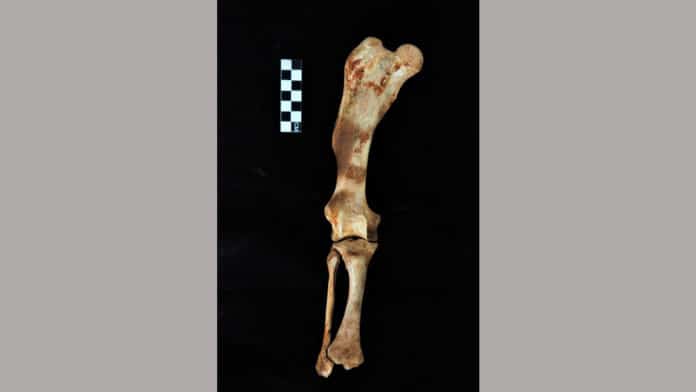Around 5,000 years ago, a sloth smaller than a black bear roamed the forest floor of the Dominican Republic in the Caribbean Sea. The sloth that used to live a lowland life was different from its cousins.
Now, scientists at Johns Hopkins Medicine and the Philadelphia College of Osteopathic Medicine have discovered the species of this previously unknown ground-dwelling sloth dubbed Parocnus dominicanus. The sloth was smaller and had anatomical differences in its forelimb, giving it a greater range of motion.
The difference in the muscle attachments placed the muscles in a different position. This gives them a greater range of motion, strength, and ability to manipulate their forearms.
Siobáhn Cooke, Ph.D. assistant professor of functional anatomy and evolution at the Johns Hopkins University School of Medicine, said, “The scientists say the discovery is important because. It allows us to explain variations in the fossil record. If we’re trying to reconstruct an animal’s life, we need to understand their relationships, anatomy, and habitat.”
Scientists initially uncovered the evidence in 2009, when the sloth’s bones were discovered in a flooded cave on the island of Hispaniola. Extensive analysis of the partial skeleton and bones revealed a previously unknown species of ground sloth, which they dubbed Parocnus dominicanus.
Robert McAfee, Ph.D., associate professor of anatomy at the Philadelphia College of Osteopathic Medicine, said, “I’m biased, but I think sloths are wonderful animals. They are an underappreciated species with unique adaptations to live in a variety of habitats. Some 80 types of sloths have existed across 50 million years, and we’re left with just two species today.”
To confirm that P. Dominicanus was a new species, scientists studied fossil records of ancient and extinct sloths found across Caribbean islands.
Cooke said, “The new bone specimens were consistently smaller. We accounted for some level of size variation due to male/female size differences, but overall, P. dominicanus was much smaller.”
Journal Reference:
- McAfee, R., Beery, S., Rimoli, R., Almonte, J., Lehman, P., & Cooke, S. (2021). New species of the ground sloth Parocnus from the late Pleistocene-early Holocene of Hispaniola. Vertebrate Anatomy Morphology Palaeontology, 9(1). DOI: 10.18435/vamp29369
